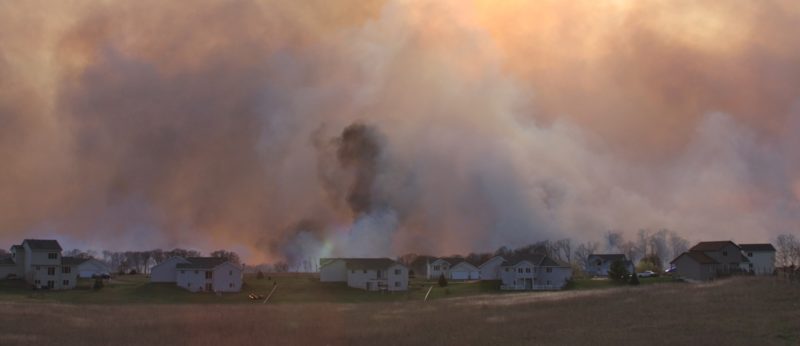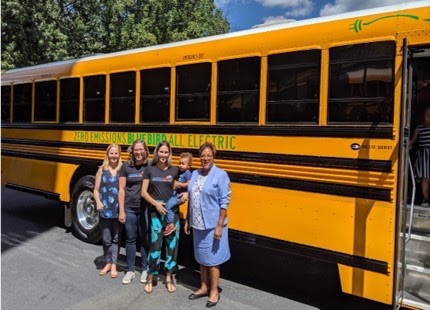By R. Jisung Park and Lyn Stoler
FOR DECADES, WE’VE UNDERSTOOD THAT CLIMATE CHANGE POSES A DANGER TO OUR PHYSICAL AND NATURAL RESOURCES. However, in recent years, there has been growing awareness of the direct effects of climate on humans. Adverse consequences may show up as health impacts, such as heat stroke, or, as our research (recently highlighted in the New York Times) found, they may manifest as subtle but consequential disruptions to students’ academic performance.
Among high school students, as temperatures rise, standardized test scores and rates of learning tend to fall. Heat can not only impact standardized test scores, but can also have serious implications for the real world. Increased heat on test day can reduce the likelihood that a student will graduate from high school, and the disruptive effects of hotter school days on learning appear to be tripled for Black, Hispanic, and low-income students.
Adapting to climate change’s impacts will likely require a wide array of evidence-based solutions. In the case of heat’s effects on learning, air conditioning appears to alleviate most of the adverse impacts. However, there is a distributional issue here. Though air conditioning may be an effective tool for climate adaptation, Black and Hispanic students appear less likely to have access to it in their schools and homes, leaving them potentially more vulnerable to rising temperatures.
Adapting learning environments, such as schools and homes, may involve policies that improve physical infrastructure or provide energy assistance to low-income families to increase air conditioning access. In promoting air conditioning as an adaptive strategy, however, it is important to bear in mind the carbon-intensity of the electricity used to power it. All the more reason why adaptation and mitigation policy cannot be considered in isolation.
Across the world, there is a growing divide between the educational haves and have-nots. Recent research suggests that without further adaptation investments, climate change may further widen this divide—through its subtle but unequal effects on learning.







